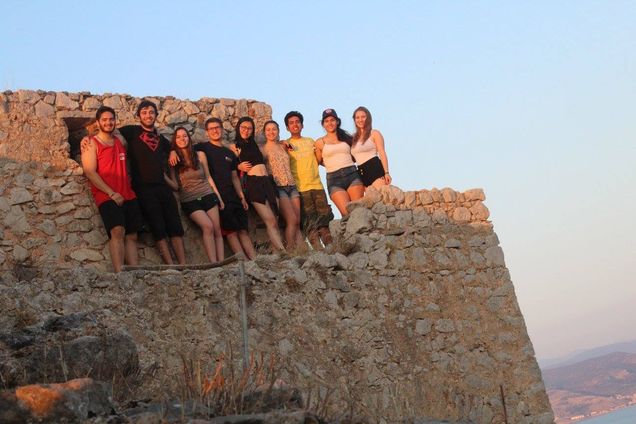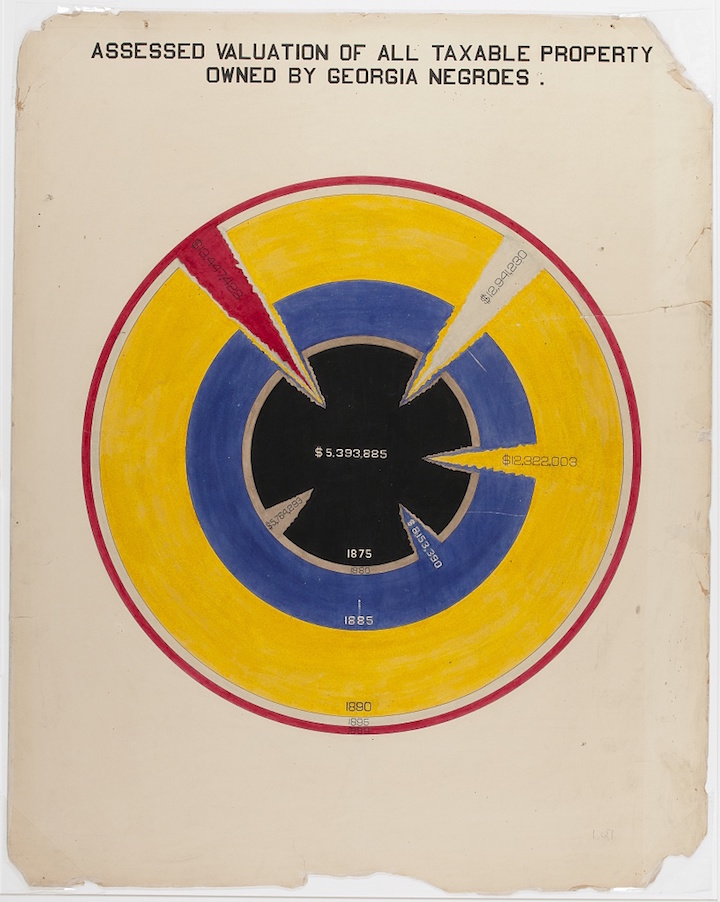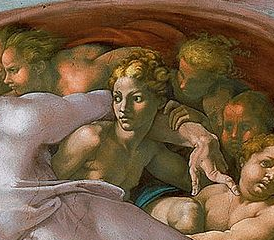Steve Bannon (good name) believes in a cyclical theory of history. We do not have the evidence for it, which is just the point, sincethe argument then becomes circular. The nice thing about cycles is that it suggests revolution, something we like here; the bad thingis thatBannon feels perhaps that he is the spearhead of this revolution, representing the vanguard that will finally bring democracy for Wall St.–so get your vanguard up; if his program is anything like that of his hero, Lenin, then we are in for some trouble. Nicholas Barret at the Times Literary Supplement gives this as background before going on to speculate the reasons for arguing that Lenin and Bannon share a common ancestor in Plato. Bannon has read the least, so for better or worse we know that his zeal is informed by his own ideas:
It is increasingly evident that perceptions of freedom and democracy are changing in a way that seems to lend some credence to Bannons (and Platos) views. According to research published in the Journal of Democracy, the percentage of people in Australia, The Netherlands, New Zealand, Sweden, the UK and the US who maintain that it is essential to live in a democratic society has nose-dived as the memory of the Second World War has faded away. The figure is now below 50 per cent among millennials in all six countries. Platos fatalistic theories of regime change may seem farfetched, but it is difficult to deny that some vast structural shift is now underway.
We imagine the structural change that is spoken of will shift the scales in favor for the downtrodden on Wall St. So there is one more sense in which money for social welfare will be going to build the Wall, though perhaps this is too soon to say. But a question that is left unanswered is if Bannon is the heir to Plato, where do we place Trump in the lineage?
Read his full post at














